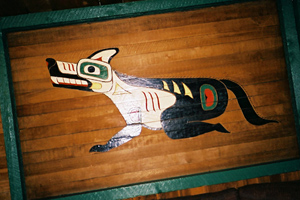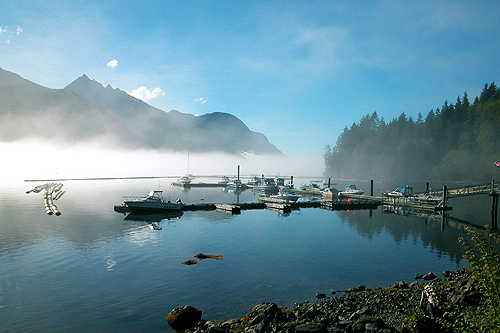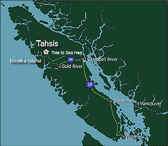Mowachaht/Muchalaht Territory

The members of the Mowachaht/Muchalaht, Nuchatlaht, and Ehattesaht First Nations are the Nuu-chah-nulth-speaking tribes whose traditional territories included all of the area known today as Nootka Sound. Archaeological evidence confirms the occupation of the region by the First Nations people to be in excess of 4,200 years.
Yuquot, also known as Friendly Cove, was the summer home of Chief Maquinna and the Mowachaht/Muchalaht people, and retains historic significance today as the site of the first contact between Europeans and First Nations people in British Columbia.
Mowachaht/Muchalaht Today
Currently, the Nuu-chah-nulth First Nations people number about 1,000 and are scattered throughout northern Vancouver Island, with villages located at Espinoza Inlet (Ocluje), near the Village of Zeballos (Ehatis), and Gold River (Tsaxana).

Today, the council of the Village of Tahsis is working hard to welcome these First Nations home. The mayor publicly acknowledges traditional territory at the outset of every council meeting, and staff is constantly striving to open and improve the lines of communication between the Village and the Mowachaht/Muchalaht First Nation. Tahsis children are also taught Nuu-chah-nulth language and culture at the local school.
Our vision is that Tahsis will again one day be a safe haven for all its traditional First Nations and residents alike, a place for all to come together as one.









